The Panama rose, also known as the fragrant Rondeletia, is the name given to two evergreen species of small shrubs with shiny green leaves and pinkish-red flowers. The name “rose” is misleading because the flowers don’t actually look like regular roses.
The Panama rose plant has a long flowering period, with the two species producing beautiful blooms almost year-round. Native to Mexico, these shrubs are also commonly found in the southeastern territories of America and are easy to grow in USDA (United States Department of Agriculture) zones 9–11.
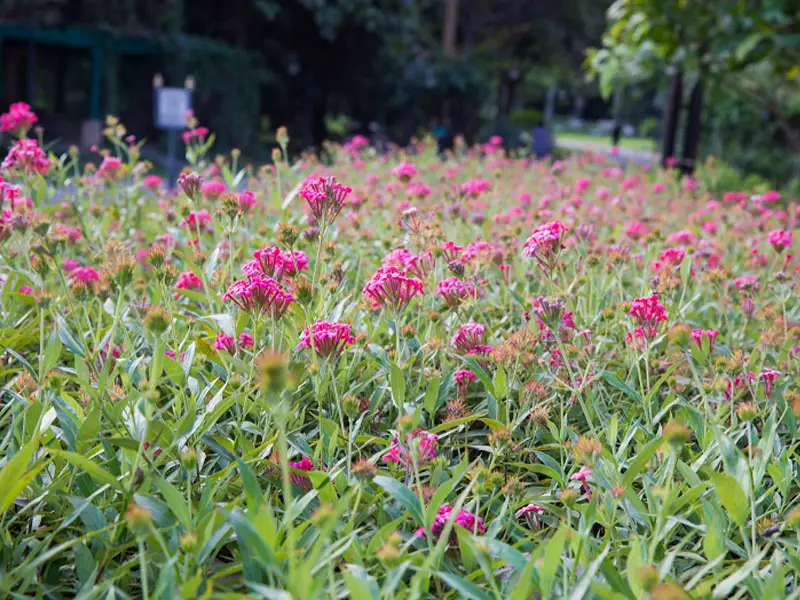
Panama Rose Appearance and Characteristics
The Rondeletia leucophylla and the Rondeletia splendens are both commonly referred to as a Panama rose bush. These two plants have numerous similarities. Both Panama rose plants produce deep pink-to-red flowers with yellow around the base on the inside of the flower.
The flowers are star-shaped and hang in clusters against the plant’s dark green backdrop of leaves. This flowering plant, with its hanging flowers, grows well when supported by a fence or property line.
The Rondeletia leucophylla is also called the bush penta because its flowers resemble a butterfly plant known as the penta. This species, which blooms from May to December, is bigger than the Rondeletia splendens and reaches a height of 15 feet.
The Rondeletia splendens, which flowers throughout the year, is shorter with a wider spread and reaches 3 feet in height. Its leaves are smaller than the Rondeletia leucophylla’s leaves.
The flowers of both types of Panama rose have a light fragrance which becomes more intense at night. Both species are evergreen and hardy, making them popular flowering plants that can be grown in outdoor garden beds or in indoor containers.
| Scientific Name | Rondeletia leucophylla and Rondeletia splendens |
| Common Names | Bush penta, fragrant Rondeletia |
| Indoor or Outdoor | Both |
| Size | From 3 to 15 feet tall |
| Color | Shiny green leaves with pinkish-red flowers |
| Cultivation difficulty level | Easy |
| Sun requirements | Full sun to partial shade |
| Water requirements | Weekly |
| Soil type | Well-drained, mildly acidic |
How to Plant and Grow Panama Roses
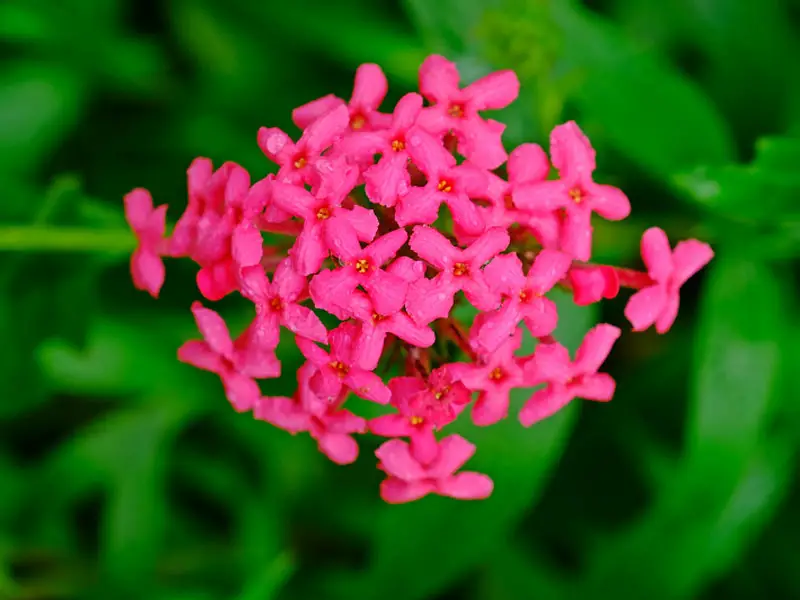
Panama roses grow outdoors and thrive in a hot, sunny spot. Both types of these flowering plants need a lot of direct sunlight. Choose a spot with full sun in the morning and filtered shade in the afternoon.
Plant Panama roses in containers placed in areas of full sun to partial shade. In the winter months, bring the containers indoors and position them in a warm room that has full morning sun and light shade later in the day.
Because the Panama rose is a tropical plant, it needs a humid environment. Keep the humidity level stable in a dry, indoor space by placing a tray of wet gravel under the container.
The Panama rose is an evergreen shrub that needs mildly acidic soil with good drainage and a pH of between 5.6 to 6.5.
Panama Rose Care
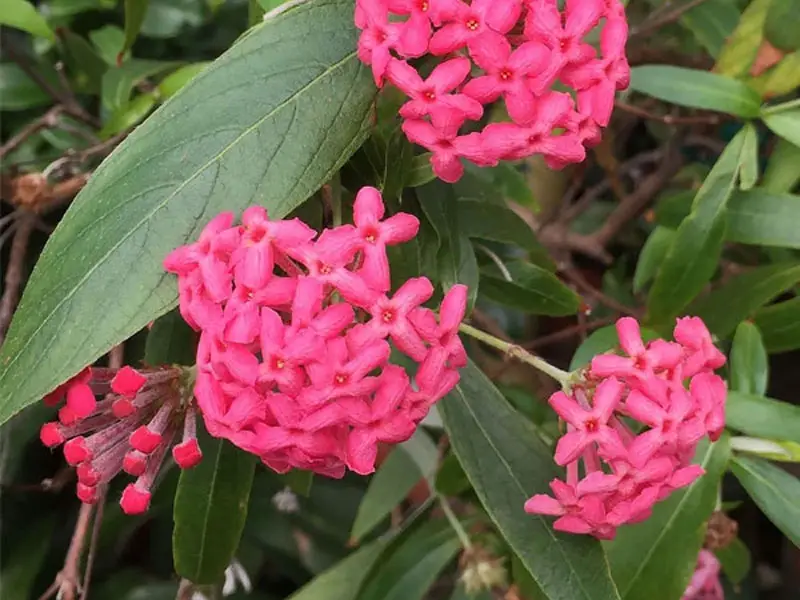
Panama roses are easy to care for.
- Soil — Plant Panama roses in slightly acidic soil with good drainage. Add some composted cow manure or organic peat moss to the soil around the root ball of this salt-tolerant plant
- Watering — Water once a week during dry periods, and don’t water during the rainy season
- Light — Provide a sunny spot that receives bright light in the mornings and bright indirect sunlight later in the day
- Fertilizing — Fertilize with general-purpose granular fertilizer in early spring, early summer, and late summer. Follow the quantity guidelines on the fertilizer pack
- Pruning — Trim back and shape the bush towards the end of the blooming period (in mid to late summer)
How to Propagate Panama Rose Flowers
Propagate the Panama rose plant using softwood cuttings and semi-hardwood cuttings. In outdoor beds, choose a warm spot with full sun to partial shade. When propagating in containers, place the containers in a spot that receives cool sunlight for most of the day.
Insert the cuttings half an inch below the surface in well-draining soil in garden beds or pots, watering deeply immediately after planting. Water every 3–4 days for the first few weeks to encourage the cuttings to take root.
Beneficial Insects
Panama roses attract butterflies, bees, moths, hummingbirds, and others. These beneficial insects pollinate the plant.
Panama Rose Pests and Diseases
Root rot is a common problem that results from overwatering a Panama rose plant. To prevent root rot after watering, allow the soil to dry out completely before watering again.
Mealy bugs, white flies, and spider mites are common pests that affect the Panama rose. Treat the bush with insecticidal soap spray to control these pests.
FAQs About Panama Rose
Here are the answers to some common questions about the Panama rose.
Is the Panama Rose a Fragrant Plant?
Yes, the Panama rose has a light, sweet fragrance. During the heat of the day, the fragrance is subtle, becoming more heady and intense as the sun goes down.
Is the Panama Rose Easy to Maintain?
Yes, maintaining the Panama rose is easy. This evergreen bush requires little maintenance apart from regular watering and occasional fertilizing and pruning.
Can Panama Roses Be Grown Indoors?
Yes, growing Panama roses in containers indoors is possible. Use good-quality commercial potting soil and place the container in a warm, bright room. Avoid placing the pot in direct sunlight.
You May Also Like: The Complete Valerian Flower Growing Guide


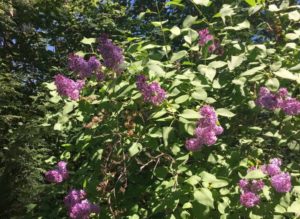
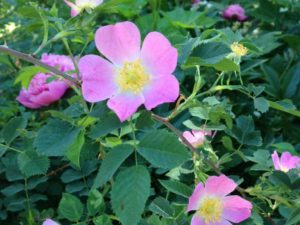
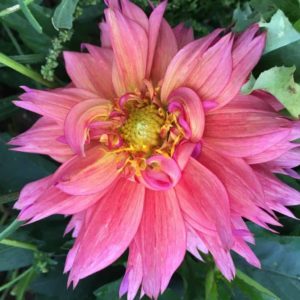
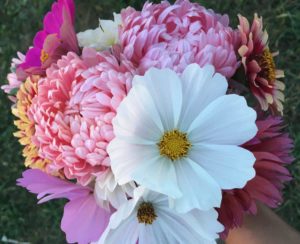

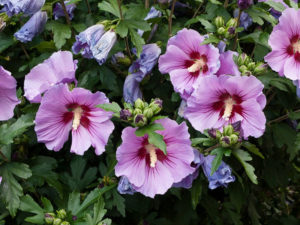
Does it grow the stated size in 1 year or 100 years ,I can see no indication of its growth rate.
My Panama Rose quickly died after planting it in the ground. Perhaps they overwatered? Is there any hope to save it?
How do I shape my Panama Rose bushes into a hedge?